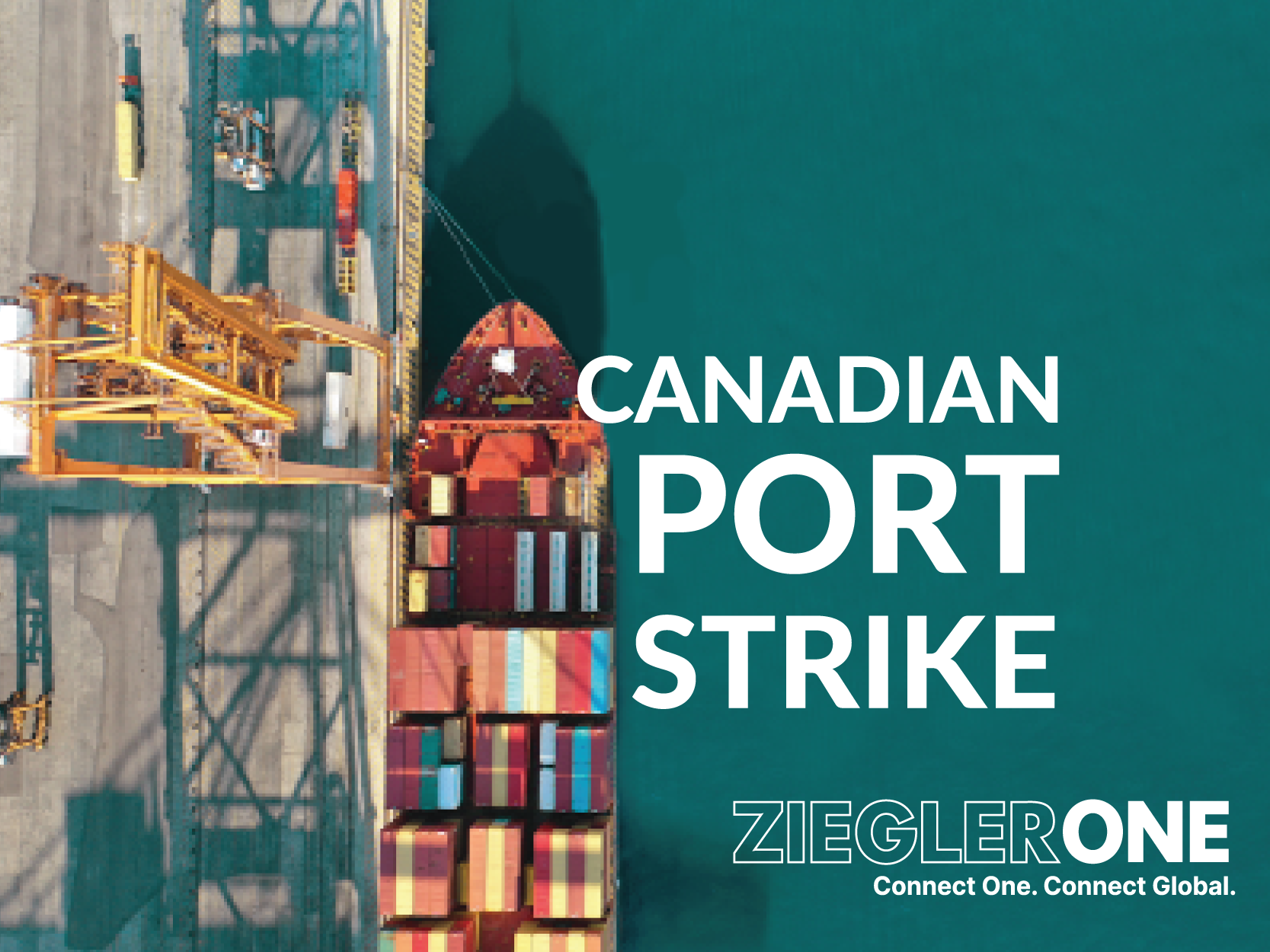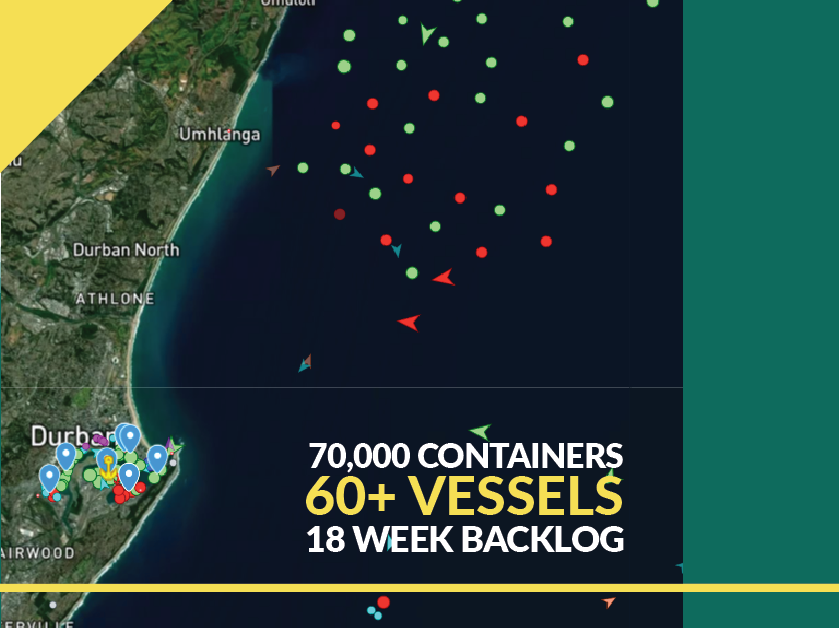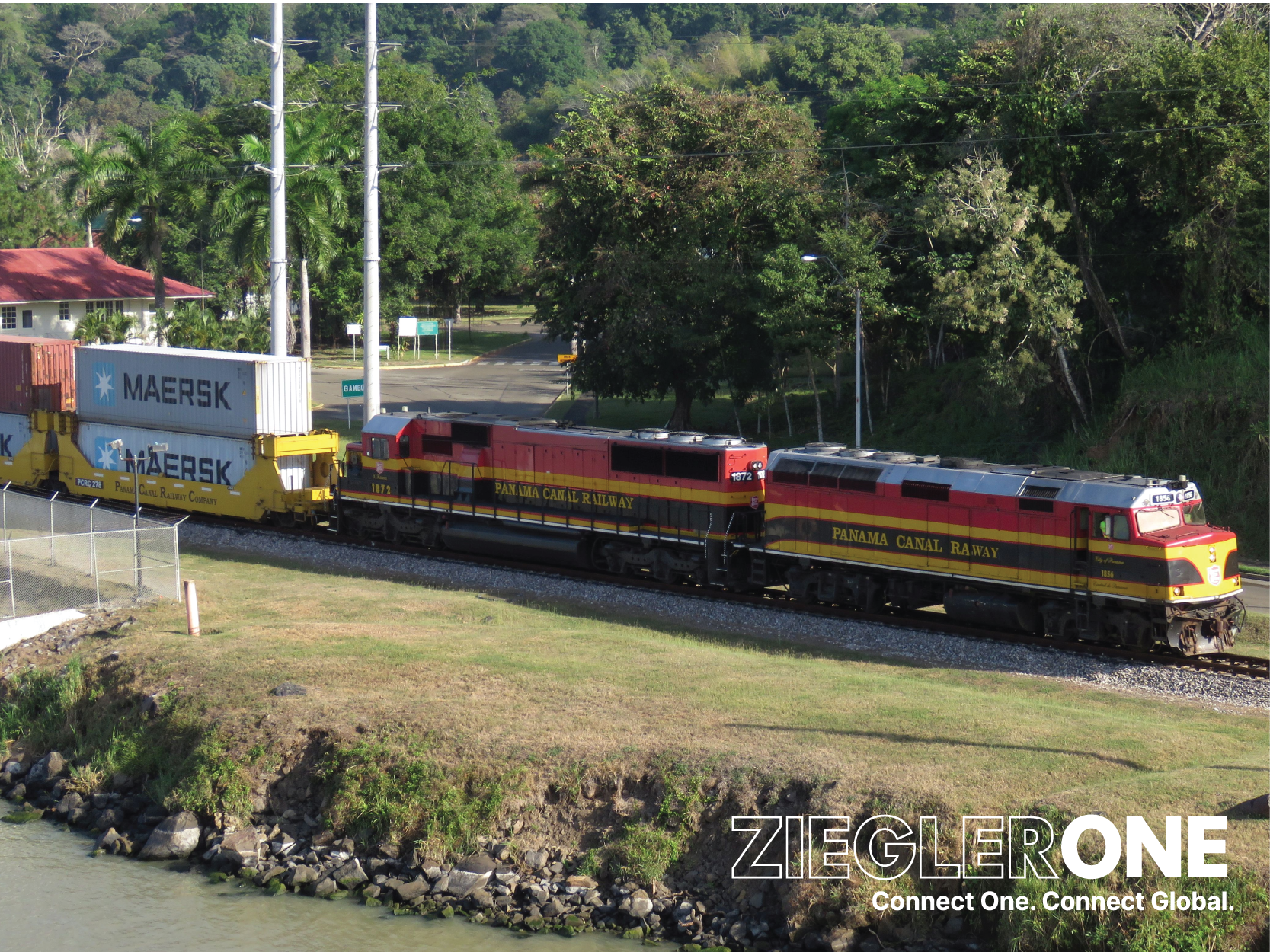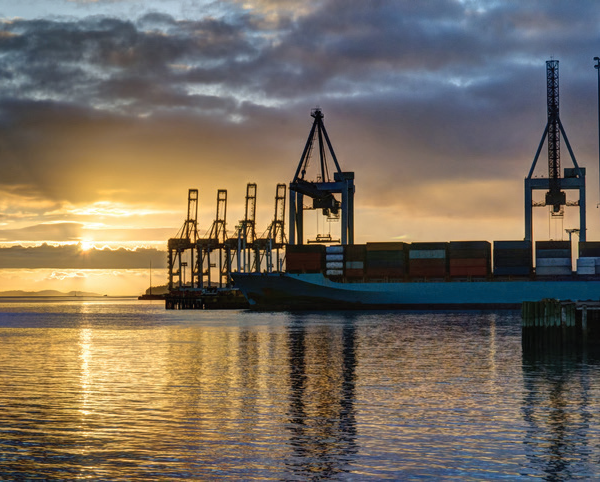South African ports debilitated
South Africa is currently in the midst of a major crisis at its prominent ports, with the Port of Durban being particularly affected. and significant...

KEY POINTS
The International Longshoremen and Warehouse Union caucus is sending a tentative deal with port ownership to a full union membership vote on Tuesday.
First shifts across all ports on the West Coast in Canada will be shut down for the special meeting.
Billions of dollars in trade have been slowed as a result of the strike.
The fate of operations at West Coast ports in Canada will be decided on Tuesday, July 25, when rank-and-file members of the International Longshoremen and Warehouse Union Canada will vote on a tentative deal with port ownership. The plan to send the deal to a full union vote comes after a week of confusion and turmoil at the ports.
Earlier this week, the Canadian government had said the strike was over and the deal its mediators had put together was accepted by both parties, but the union caucus later voted the tentative deal down. That set off a series of on-again, off-again work stoppages, creating confusion and frustration amongst shippers.
The ILWU caucus approved and will recommend to its membership the terms of settlement proposed by the senior federal mediator and ratified by the British Columbia Maritime Employers Association, which represents port ownership, on July 13. For the vote, work will stop from 8 a.m.-4 p.m. Pacific Time on Tuesday across all ports.
According to the BCMEA, the settlement package includes a compounded 19.2% wage increase over four years, which would result in the median ILWU income moving from $136,000 to $162,000, not including benefits and pension. The proposed deal also provides an 18.5% increase in retirement lump sum payments, increased tool allowances, benefits, and pension contributions.
Damage to the supply chain
Logistics managers and trade experts tell CNBC the delays created by the strike, which began on July 1 and lasted 13 days before ending last Thursday, and the half-day strike this week, created costly diversions and delays.
Weekly rail trade data aggregated by the American Association of Railroads reveals a total decrease of 82.4% in rail trade over the course of the 13-day strike.
The Railway Association of Canada has estimated that it would take three to five days for every day the strike lasted for networks and supply chains to recover. When the first strike ended on its thirteenth day, delays for rail containers were estimated at 39 to 66 days. That does not include the delays in vessels waiting to get processed.
The Ports of Vancouver and Prince Rupert are critical ports for U.S. trade, with 15% of U.S. trade coming into the Port of Vancouver, and 60% of all the containers bound for rail destined for the U.S.
Trade delays lead to late fees on cargo containers that shippers pass onto the consumer. The delays also are taking place during the peak shipping season, including back-to-school and holiday orders bound for the U.S.
The National Association of Chemical Distributors told CNBC some chemical companies are expected supply chain congestion until October as a result of the strike. Critical chemicals that go into food, cleaning, water purification, and personal care, among many others, flow through the West Coast ports of Canada and down to the United States. Chemical distributors were already seeing significant delays in the movement of products, said Eric Byer, CEO of the NACD, and the second strike will add to what is already “millions of dollars of chemicals” stranded on the water, he said.
“It is imperative that both the BCMEA and ILWU come to an immediate agreement to ensure the stability of a global supply chain that continues to encounter significant operating challenges,” Byer said.
In a statement, Canadian National Railroad said it is concerned about the impact of this renewed work stoppage on the North American economy and on Canada’s reputation as a trading partner. “We will be communicating with our customers to discuss next steps. Our supply chains need reliability, stability, and predictability to function properly. We urge the Government and both parties to do whatever is necessary to get goods moving again,” it said.
Trade on the water waiting to enter the ports of Vancouver and Prince Rupert has decreased to around $3 billion as vessels have either left to go to U.S. ports first or leave altogether. At the height of the strike, the amount of trade was around $12 billion.
Destine Ozuygur, head of operations at eeSea, said that given this latest supply chain surprise, carriers and terminals are weighing decisions and waiting on more information before taking action.
Source:
https://www.cnbc.com/2023/07/21/canadian-west-coast-ports-strike-headed-to-all-union-vote-on-tuesday.html

South Africa is currently in the midst of a major crisis at its prominent ports, with the Port of Durban being particularly affected. and significant...

Posted : 10 August 2023

$65 million of automation software and guidance systems left useless